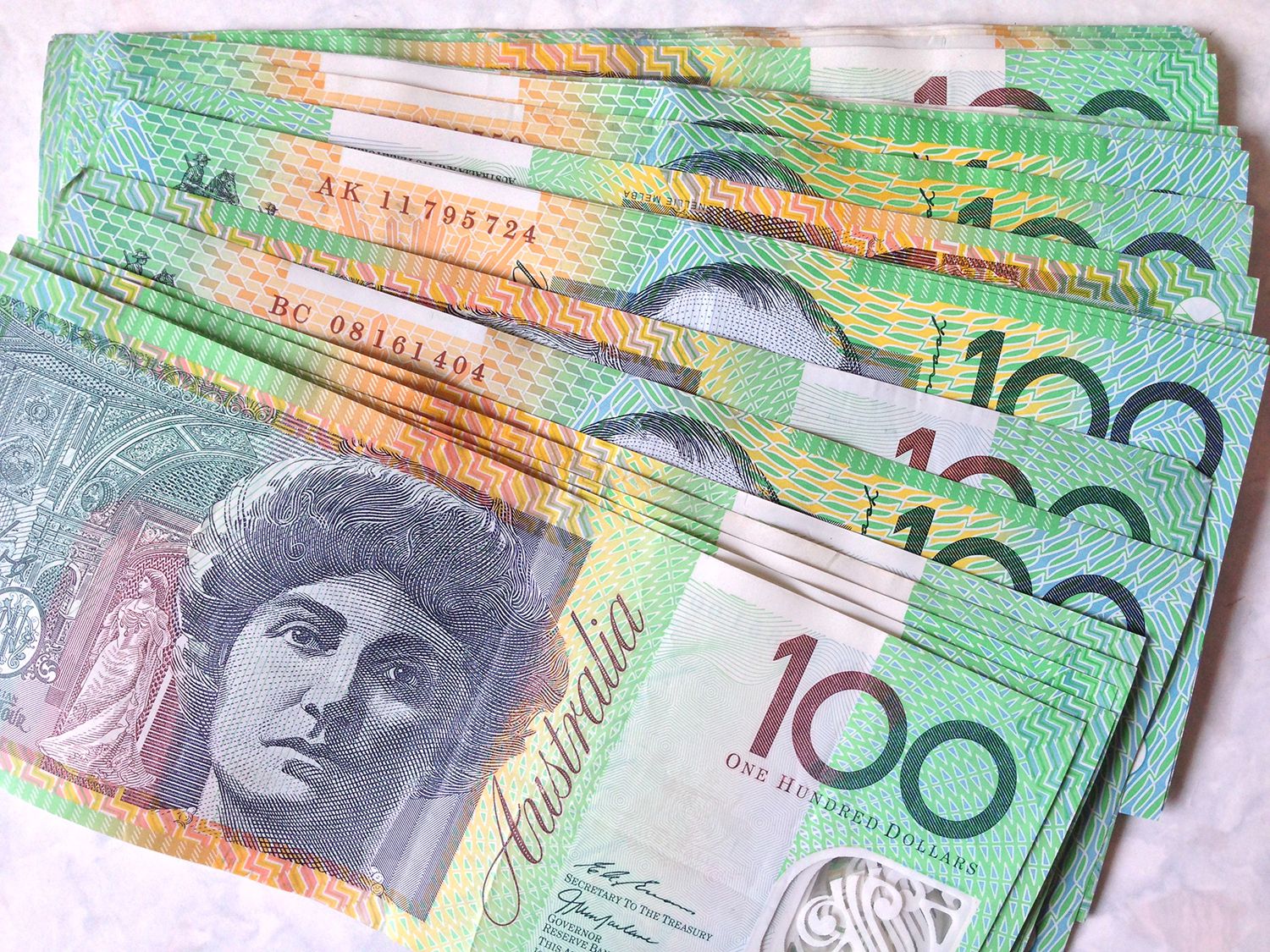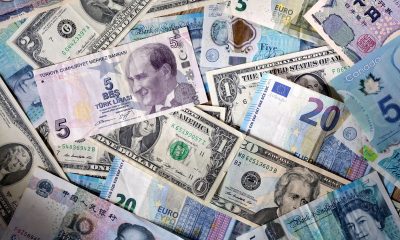Forex
How is the Australian dollar doing today?

How is the Australian dollar doing today? The Australian dollar, thanks to its counterpart from the U.S., rose. However, the trend of weakening will continue, experts believe.
The Australian dollar and the yield on the issuing country’s government bonds fell after the consumer price index came in slightly below expectations. The rate of Australia’s national currency is under the strong influence of the U.S. dollar and the negative impact of a weakened coronavirus in China – the main economic neighbor of the island-mainland.
However, analysts at the Australia and New Zealand Banking Group (ANZ) said in their latest research report that Australia’s second-quarter inflation data does not change their view on the Reserve Bank of Australia (RBA) raising its rate by 50 bps in August.
Where is the Australian dollar going: some dollars are crying too
The Australian dollar has suffered markedly this year due to a slowdown in business activity. Businesses and companies have managed to save jobs, but otherwise the situation looks difficult. This is due to the spring Chinese lockdown – China, despite all the controversy, remains a key trade and economic partner of Australia – and the global recession.
Why is the australian dollar so bad? The Reserve Bank of Australia is following the global trend to raise rates, protects the financial system and generally looks progressive compared to global central banks. The risks include export declines, high energy prices, and U.S. dollar pressure.
Regarding technical analysis on the daily chart, the AUD/USD reached the corrective growth target of 0.7000 and can go down to 0.6900 to cool down. Mid-term the tool remains under pressure and can return to 0.6675, if the external background worsens and the pressure on the American currency increases.
The participants of the currency market call the Australian dollar a “kangaroo”. Only on July 27, the currency strongly “jumped” against the American dollar from 0.6900 to above 0.7000 – by almost 1.5%. It is still at that level in the morning of Thursday.
The main reason is the U.S. dollar. It dropped from 107.3 points to 106 points on the USDX index against the major currencies. This is a reaction to the outcome of the main event of the month for the markets – the US Federal Reserve meeting on Wednesday. The regulator predictably raised its interest rate from 1.75% to 2.5%. The increase to such a level was the most probable and was put in prices in advance.
Therefore, a coincidence with expectations led not to growth, but to a weakening of the dollar. The assumption of the relative caution of the Fed, which will not raise the rate to the discussed 2.75%, already from mid-July, weakened the dollar. The AUD/USD has been rising since July 14 from 0.6680.
Will its growth stop? During the day on Thursday the currency may be affected by important new statistics – the data on U.S. GDP for the second quarter. It is assumed that it has risen by 0.5% after a decrease of 1.6% in the previous period. Data better or worse than that forecast will weaken or strengthen the “kangaroo” along with other currencies, respectively. During the day the most probable range of AUD/USD movement is 0.6960 – 0.7020.
The Producer Price Index data may have a certain influence on the AUD on Friday. The indicator may be perceived positively for the quotation of this currency.
The U.S. dollar has higher chances of strengthening in the medium term until the end of the year. After all, the Fed has declared a further increase in interest rates and the sale of previously purchased bonds. The strengthening of AUD/USD in recent weeks is just a correction to the main downtrend, which was formed in February 2021. Its continuation may lead the pair to levels of 0.6500-0.6600 at the end of the year. Against this background, we can also analyze how the australian dollar is doing about inflation.
It is worth noting that due to the tense situation around the world, the entire world economy and stock markets are suffering. Let’s take the Facebook stock chart as an example. A combination of both external and internal factors put Meta in not the most enviable position. Once one of the most expensive companies in the world, it lost nearly $800 billion in market capitalization in less than a year. The social network Facebook has existed since 2004 and in the IV quarter of 2021, the social network for the first time in history was faced with a decrease in the daily active audience – it became less than about 500 million people. In September 2022, Meta announced its first-ever downsizing.

 Forex3 years ago
Forex3 years agoForex Today: the dollar is gaining strength amid gloomy sentiment at the start of the Fed’s week

 Forex3 years ago
Forex3 years agoUnbiased review of Pocket Option broker

 Forex3 years ago
Forex3 years agoDollar to pound sterling exchange rate today: Pound plummeted to its lowest since 1985

 Forex3 years ago
Forex3 years agoHow is the Australian dollar doing today?

 Cryptocurrency3 years ago
Cryptocurrency3 years agoWhat happened in the crypto market – current events today

 World3 years ago
World3 years agoWhy are modern video games an art form?

 Commodities3 years ago
Commodities3 years agoCopper continues to fall in price on expectations of lower demand in China

 Economy3 years ago
Economy3 years agoCrude oil tankers double in price due to EU anti-Russian sanctions


























